Step 8: Press the cardboard
The corrugated paper core is pressed, and the paper is pulled out from the large roll by the machine and entered into a set of corrugated rollers with high temperature and high humidity and gear. Under the pressure of two gear rollers, the paper forms a corrugated shape with convex and convex phases, so that the corrugated board has strength and buffering ability.
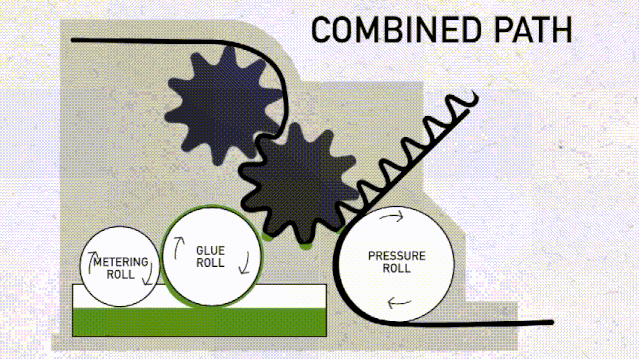
The molded corrugated core will touch another roller with glue, which will glue the corrugated core side, and stick to the roll of paper drawn from the other roller during the rotation process.
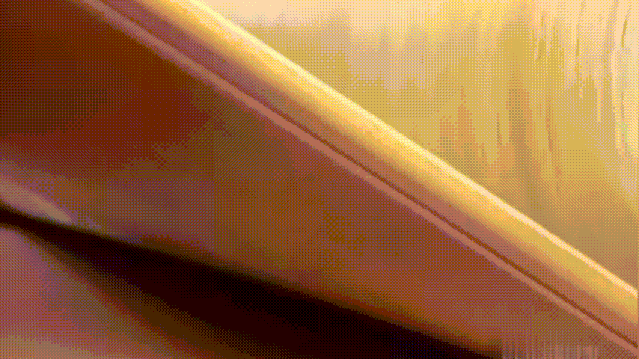
Glue a roll of paper on the other side of the corrugated board, and after the glue is dried by high temperature, a double layer of corrugated board will be formed, and so on.
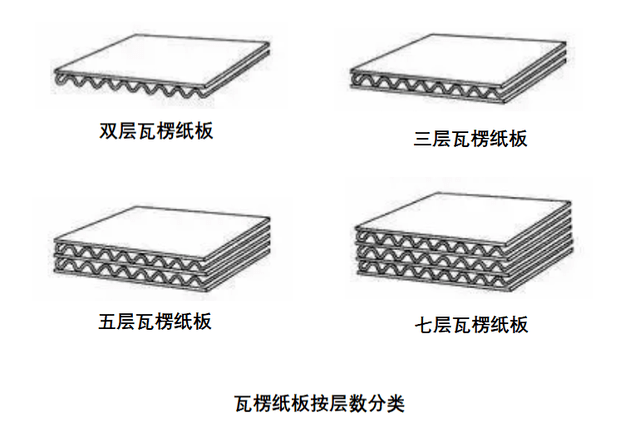
Step 9: Cardboard cutting
According to the carton specifications of the order, the large pieces of cardboard are cut and stacked, and then bundled after quality inspection, and cut according to the specific box type design
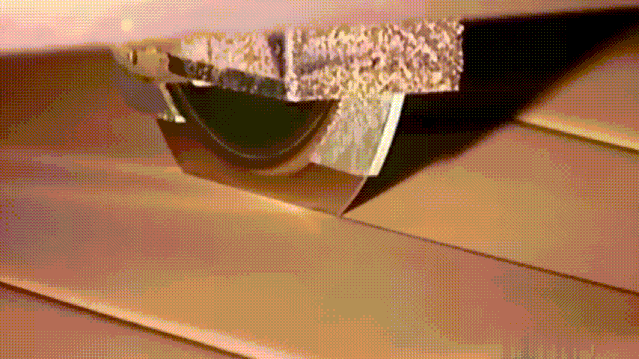
Step 10: Cardboard printing
Stack the cut cardboard, pass the rubber roller in turn, and print the text on the surface of the cardboard.
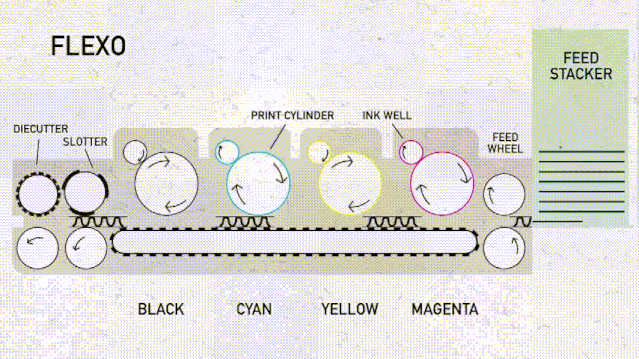
Step 11: Indentation folding
The printed cardboard is rolled by the machine according to the drawings to make creases, and glue is applied to the seal.
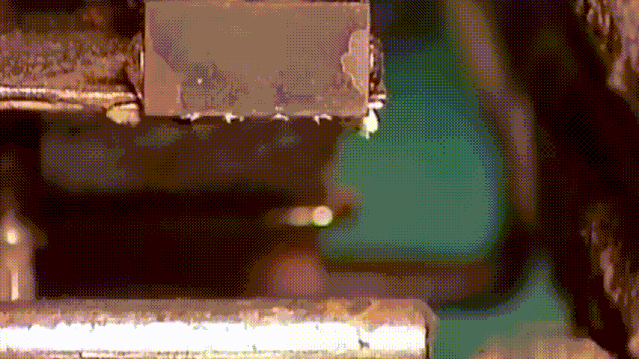
Step 12: Joint forming
The carton seal is glued together according to the crease, and some seals also need to be stapled. The finished corrugated carton can be used after passing the process inspection and various tests. The scraps left after cutting can also be recycled again.
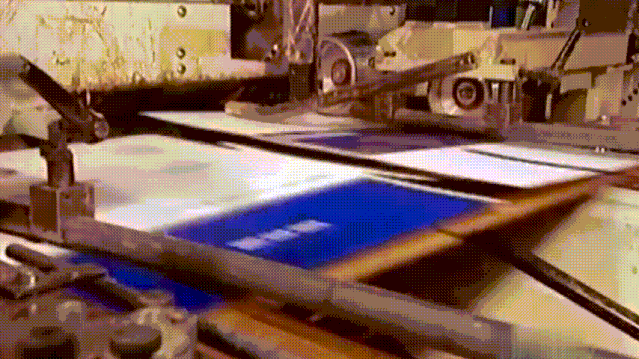
From an express carton, through recycling, into waste paper, pulp, and then re-made into a large roll of paper, into corrugated cardboard, and then through a series of processes, become a new carton.
This road is not long, but it has to experience the combined force of waste paper recycling stations, packaging stations, paper mills, cardboard factories, and carton factories to enter the terminal and return to the hands of consumers